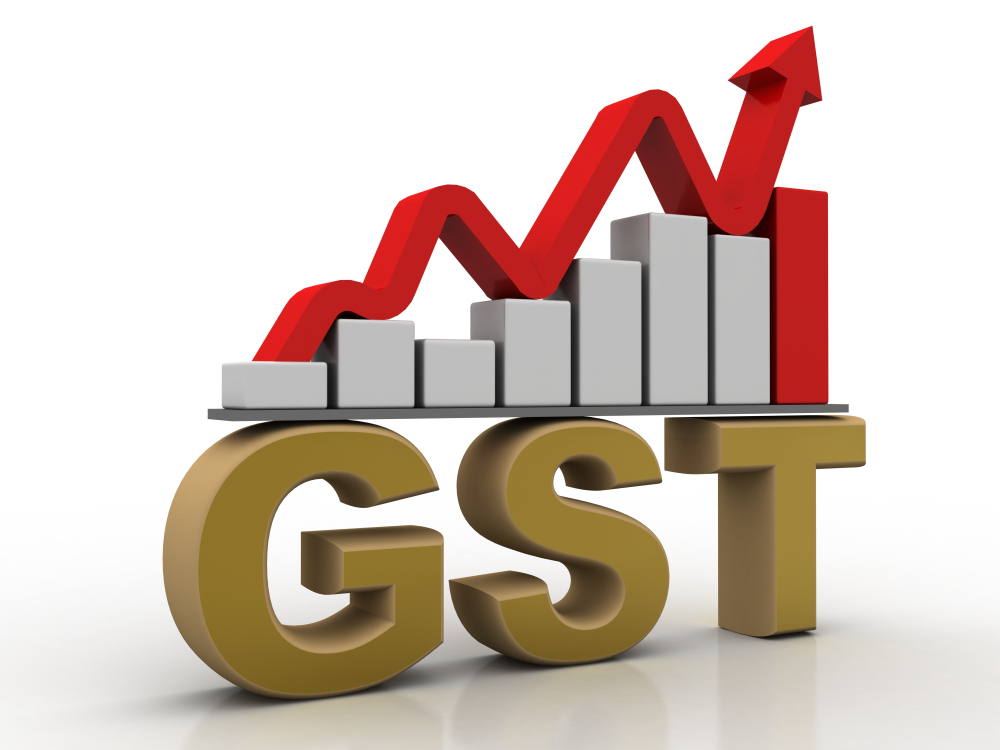India’s gross Goods and Services Tax (GST) collections have reached an all-time high of ₹22.08 lakh crore in the financial year 2024–25, more than double the ₹11.37 lakh crore collected in FY21. The data was officially released on Monday, ahead of the eighth anniversary of the GST rollout.
This growth marks a 9.4% increase over the previous fiscal year (FY24), which had seen total collections of ₹20.18 lakh crore. It is the highest-ever annual GST revenue since the system was introduced in July 2017.
📈 Average Monthly Growth Over the Years
-
FY25: ₹1.84 lakh crore
-
FY24: ₹1.68 lakh crore
-
FY22: ₹1.51 lakh crore
-
FY22 (early months): Just ₹95,000 crore

Monthly collections also peaked this year:
-
April 2025: ₹2.37 lakh crore (record high)
-
May 2025: ₹2.01 lakh crore
-
June 2025: Data to be released soon
GST Base Expansion
-
In 2017, when GST was launched: 65 lakh registered taxpayers
-
In 2025: Over 1.51 crore registered taxpayers
📊 What Does This Mean for Indians?
Higher GST collections suggest a stronger economy, better tax compliance, and more resources with the government. This means:
-
Potential for more spending on public services like roads, healthcare, and education
-
Improved infrastructure and welfare schemes
-
Less pressure on the government to borrow, which can help keep inflation in check
While the tax burden may feel higher for businesses. For everyday citizens, it translates to better service delivery provided the funds are used efficiently.
India’s GST collection is not just about higher taxes. It reflects a maturing tax ecosystem that’s more digital, transparent, and inclusive. But it also means greater scrutiny and responsibility for taxpayers, especially businesses.
GST: 8 Years of Reform
Introduced in 2017, the GST replaced 17 state and central taxes and 13 cesses, bringing them under a unified five-tier structure. The aim was to simplify the tax system, increase transparency, and strengthen India’s fiscal foundation.
A government statement commemorating GST’s 8th anniversary said:
“Since its rollout, GST has shown strong growth in revenue and expansion of the tax base. It has steadily strengthened India’s fiscal position and made indirect taxation more efficient and transparent.”








